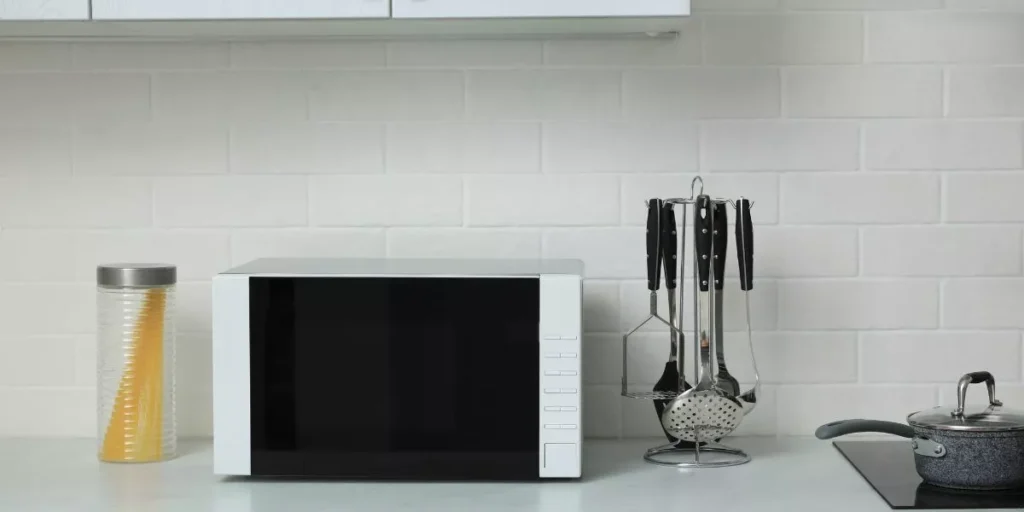
When considering whether countertop convection ovens are better than regular ovens, you might be surprised by the efficiency and performance they offer. The even heat distribution and quicker cooking times are just the beginning of their advantages. But, before you make a decision, it’s essential to weigh the factors that truly matter in your cooking routine. So, let’s break down the key aspects that could influence your choice between these two kitchen appliances.
Cooking Performance Comparison
When comparing countertop convection ovens and regular ovens for cooking performance, convection ovens generally offer faster and more even cooking results. The circulating hot air in convection ovens ensures that heat is distributed evenly around the food, reducing hot spots and resulting in more consistent cooking. This means your dishes are less likely to be undercooked in some areas and overcooked in others.
Additionally, convection ovens can cook food faster than regular ovens due to the constant airflow that speeds up the cooking process. This can be especially beneficial when you’re in a hurry or need to prepare multiple dishes at once. With a convection oven, you can often lower the cooking temperature or shorten the cooking time while still achieving the same or better results compared to a regular oven.
Energy Efficiency Analysis
For a closer look at the efficiency of countertop convection ovens versus regular ovens, let’s examine their energy consumption. Countertop convection ovens are generally more energy-efficient than regular ovens. The reason behind this efficiency lies in the way convection ovens circulate hot air, allowing for faster and more even cooking. This means that food cooks more quickly, requiring less time in the oven and ultimately reducing energy consumption.
Regular ovens, on the other hand, rely on radiant heat that can lead to uneven cooking and longer cooking times. As a result, regular ovens tend to consume more energy to maintain a consistent temperature throughout the cooking process. This inefficiency can translate into higher energy bills over time.
If you’re looking to save energy and reduce your electricity costs, opting for a countertop convection oven can be a smart choice. Not only will you enjoy faster cooking times and more even results, but you’ll also contribute to a more energy-efficient kitchen overall.
Space and Installation Considerations
Considering space constraints and installation requirements, countertop convection ovens offer a convenient and flexible cooking solution. These ovens are designed to fit on your kitchen countertop, making them ideal for small kitchens or spaces where a traditional oven mightn’t be practical. Unlike regular ovens that require specific built-in placements, countertop convection ovens can be easily moved or stored away when not in use, providing versatility in your kitchen layout.
Installation of countertop convection ovens is straightforward and typically involves plugging them into a standard electrical outlet. This eliminates the need for professional installation or modifications to your kitchen cabinetry. In contrast, traditional ovens often require professional installation services and may need to be hardwired into your home’s electrical system, which can be both costly and time-consuming.
Overall Pros and Cons
In comparing countertop convection ovens versus regular ovens, you’ll find a range of pros and cons to weigh before making a decision. Countertop convection ovens offer the advantage of faster cooking times due to their efficient heat distribution, which can save you time in the kitchen. They also provide more even cooking, resulting in better browning and crispiness on your dishes. Additionally, countertop convection ovens are generally more energy-efficient than regular ovens, helping you save on electricity bills.
On the downside, countertop convection ovens have a smaller capacity compared to regular ovens, limiting the quantity of food you can cook at once. They may also have a steeper learning curve for those new to convection cooking, as recipes and cooking times may need adjustments. Cleaning can be a bit more challenging due to the additional fan and heating elements. Despite these drawbacks, many users appreciate the countertop convection oven’s speed and cooking quality, making it a popular choice for busy home cooks.
Trending Products














